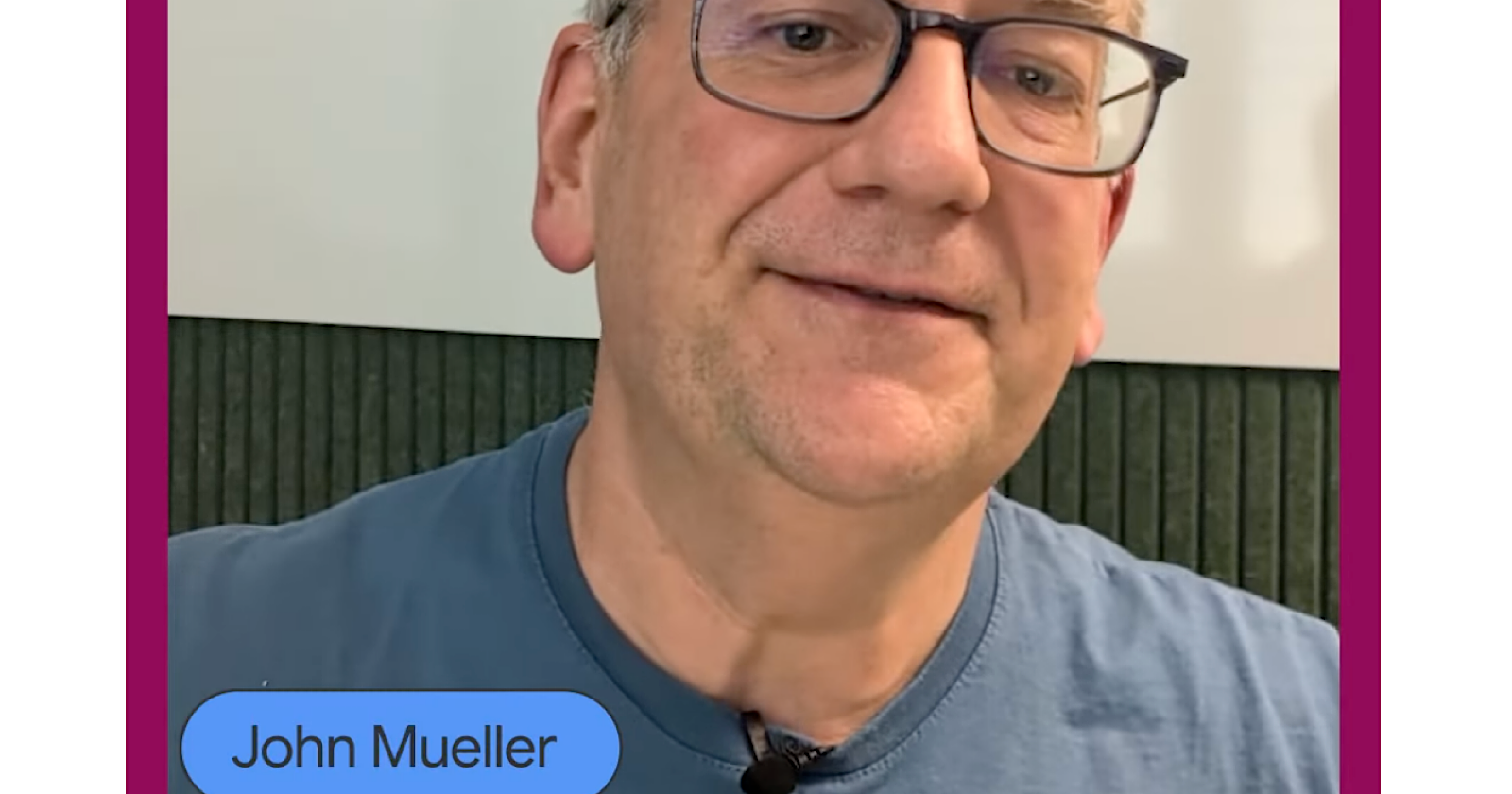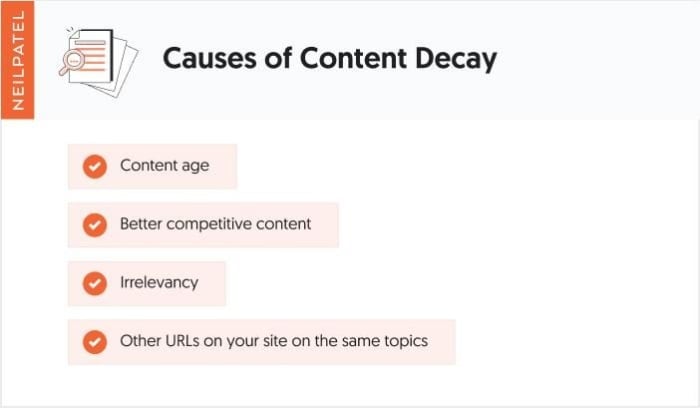Google’s John Mueller Clarifies How To Remove Pages From Search via @sejournal, @MattGSouthern
Google's John Mueller explains how to remove pages from Google Search, why sitelinks can't be controlled manually, and when to use the URL removal tool. The post Google’s John Mueller Clarifies How To Remove Pages From Search appeared first...

Google's John Mueller explains how to remove pages from Google Search, why sitelinks can't be controlled manually, and when to use the URL removal tool.
Google clarified that you can’t control which pages appear as sitelinks in search results. To remove a page from search, it must be crawlable and include a noindex meta tag. Urgent removals can be done quickly using Google’s Search Console removal tool.
In a recent installment of SEO Office Hours, Google’s John Mueller offered guidance on how to keep unwanted pages out of search results and addressed a common source of confusion around sitelinks.
The discussion began with a user question: how can you remove a specific subpage from appearing in Google Search, even if other websites still link to it?
Sitelinks vs. Regular Listings
Mueller noted he wasn’t “100% sure” he understood the question, but assumed it referred either to sitelinks or standard listings. He explained that sitelinks, those extra links to subpages beneath a main result, are automatically generated based on what’s indexed for your site.
Mueller said:
“There’s no way for you to manually say I want this page indexed. I just don’t want it shown as a sitelink.”
In other words, you can’t selectively prevent a page from being a sitelink while keeping it in the index. If you want to make sure a page never appears in any form in search, a more direct approach is required.
How To Deindex A Page
Mueller outlined a two-step process for removing pages from Google Search results using a noindexdirective:
Allow crawling: First, make sure Google can access the page. If it’s blocked by robots.txt, the noindex tag won’t be seen and won’t work. Apply a noindex tag: Once crawlable, add a noindex meta tag to the page to instruct Google not to include it in search results.This method works even if other websites continue linking to the page.
Removing Pages Quickly
If you need faster action, Mueller suggested using Google Search Console’s URL Removal Tool, which allows site owners to request temporary removal.
“It works very quickly” for verified site owners, Mueller confirmed.
For pages on sites you don’t control, there’s also a public version of the removal tool, though Mueller noted it “takes a little bit longer” since Google must verify that the content has actually been taken down.
Hear Mueller’s full response in the video below:
What This Means For You
If you’re trying to prevent a specific page from appearing in Google results:
You can’t control sitelinks manually. Google’s algorithm handles them automatically. Use noindex to remove content. Just make sure the page isn’t blocked from crawling. Act quickly when needed. The URL Removal Tool is your fastest option, especially if you’re a verified site owner.Choosing the right method, whether it’s noindex or a removal request, can help you manage visibility more effectively.
SEJ STAFF Matt G. Southern Senior News Writer at Search Engine Journal
Matt G. Southern, Senior News Writer, has been with Search Engine Journal since 2013. With a bachelor’s degree in communications, ...

 Tekef
Tekef 































